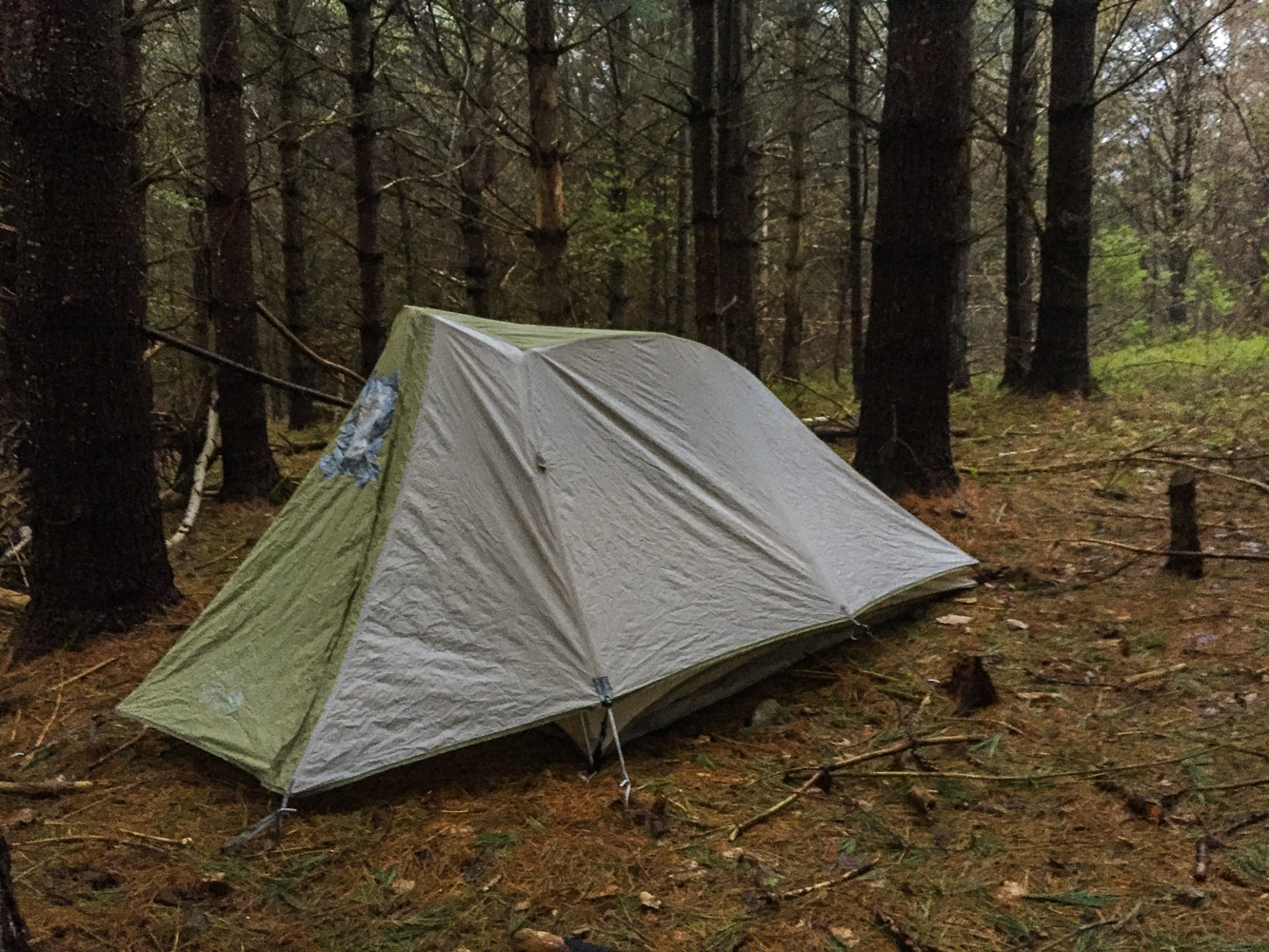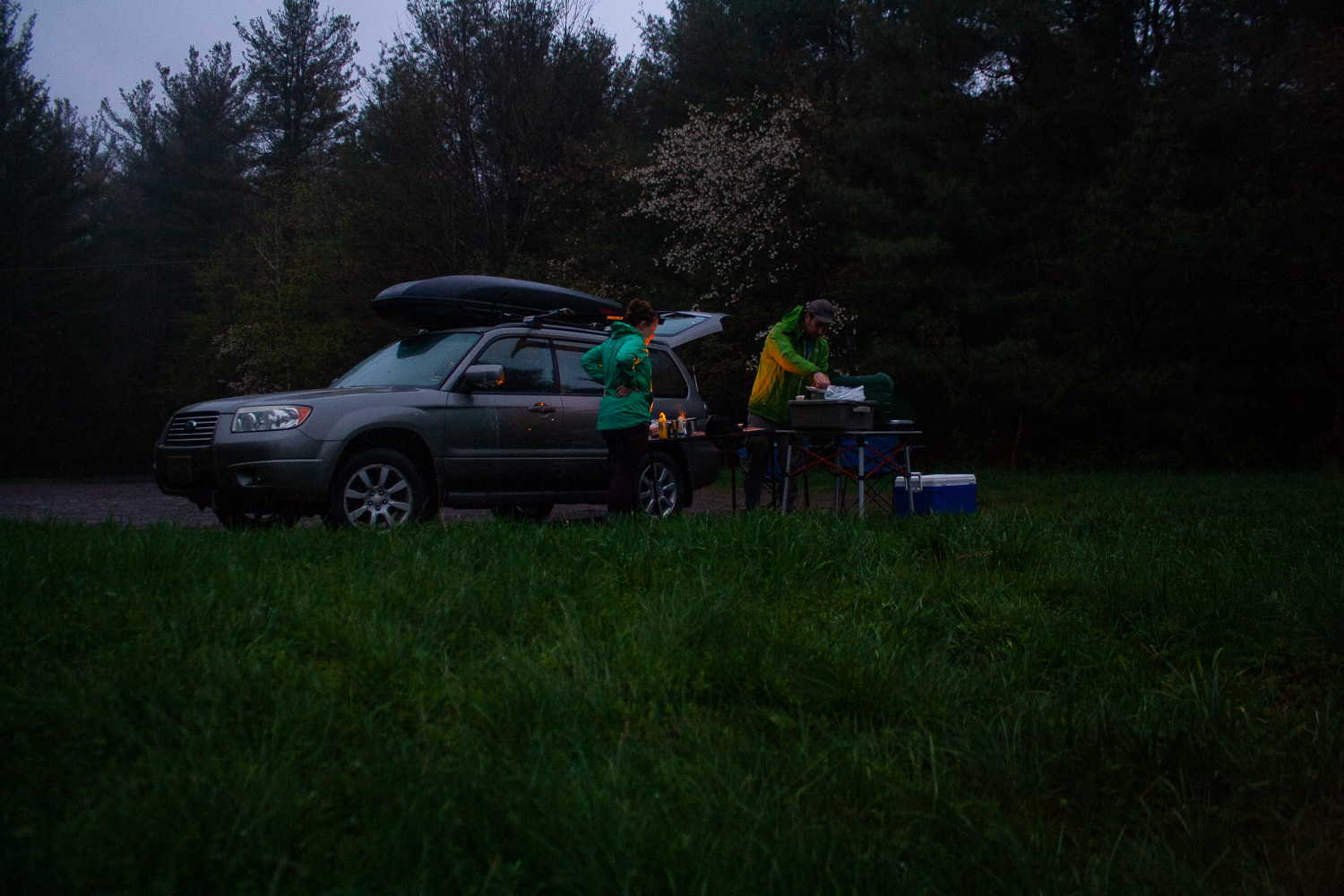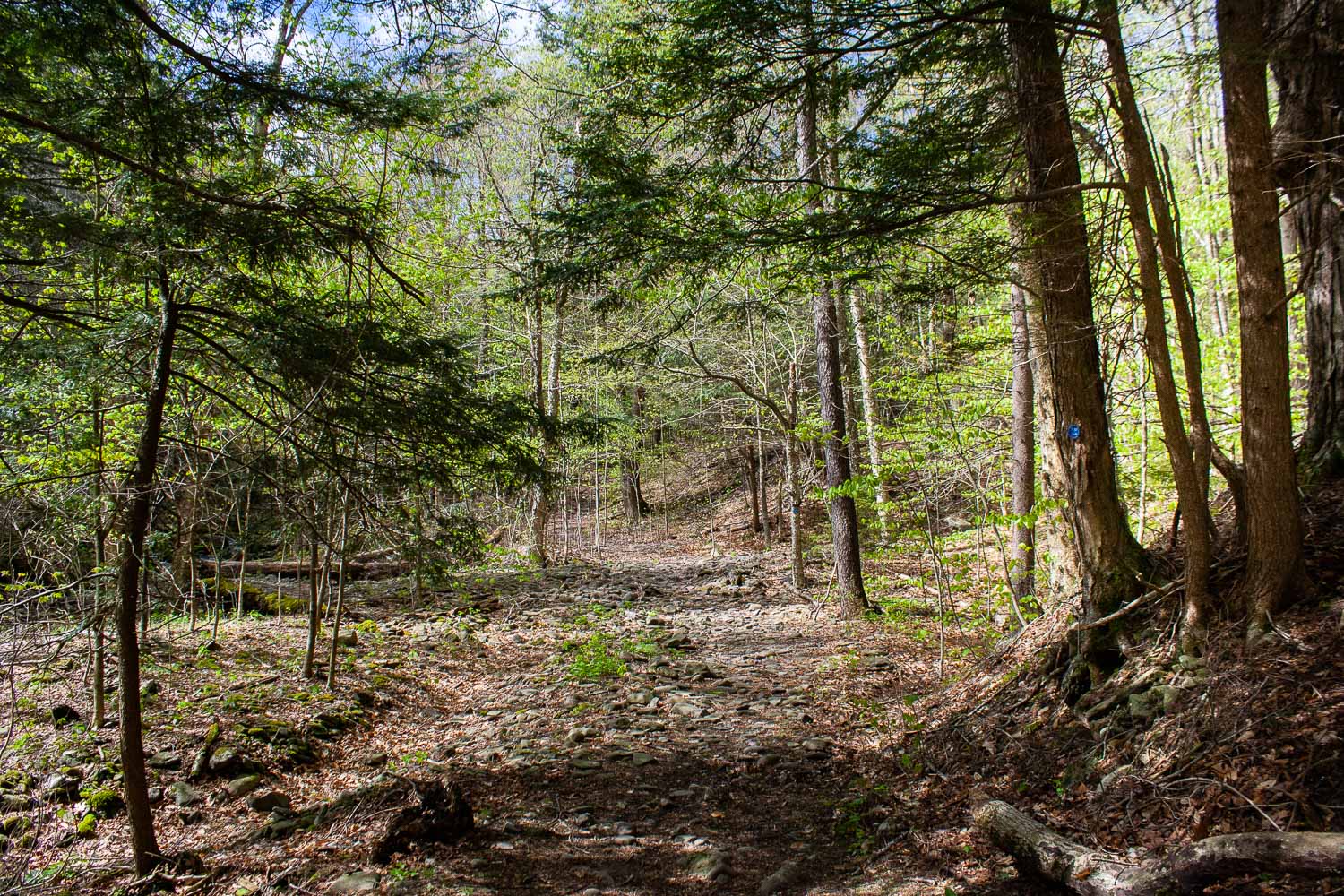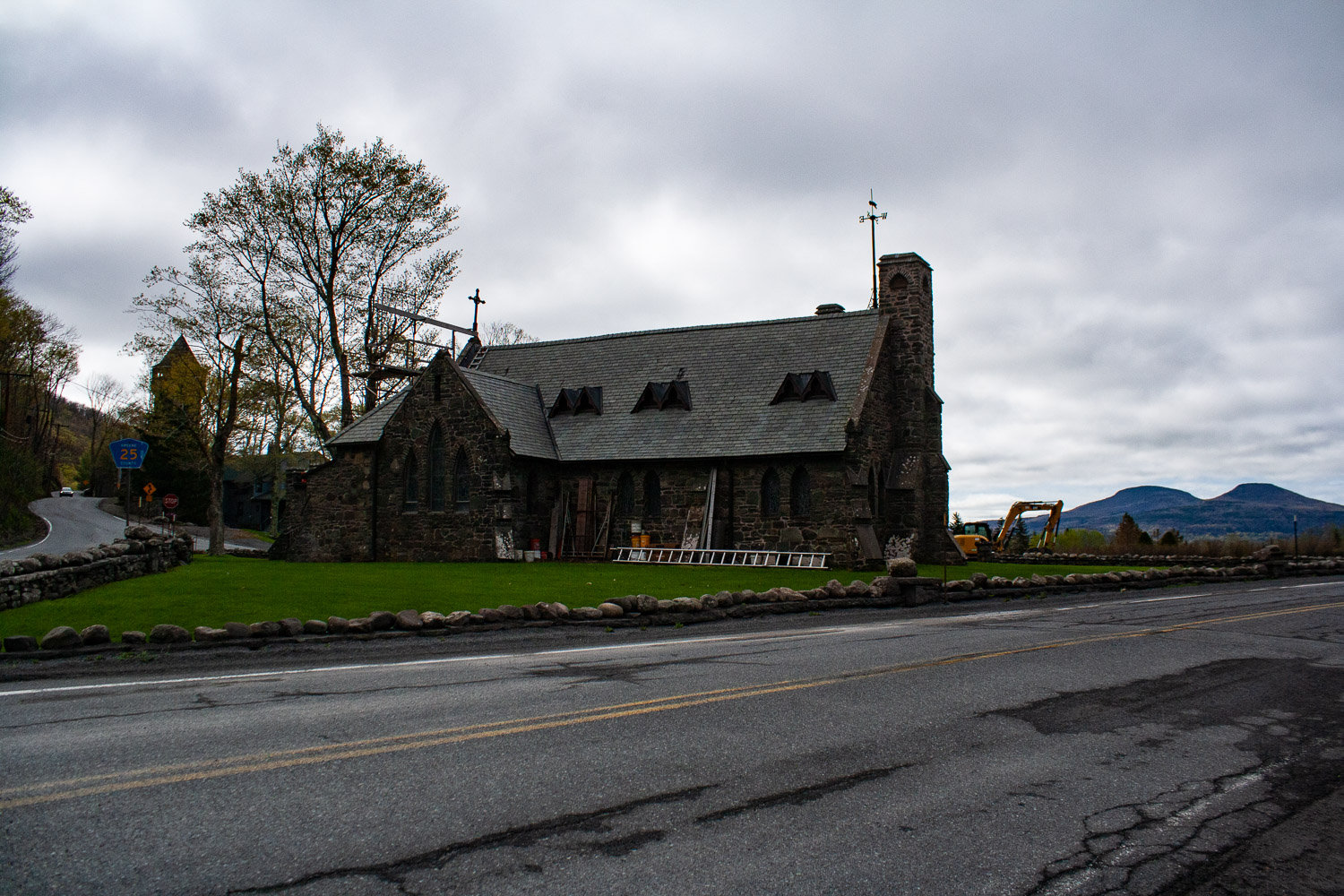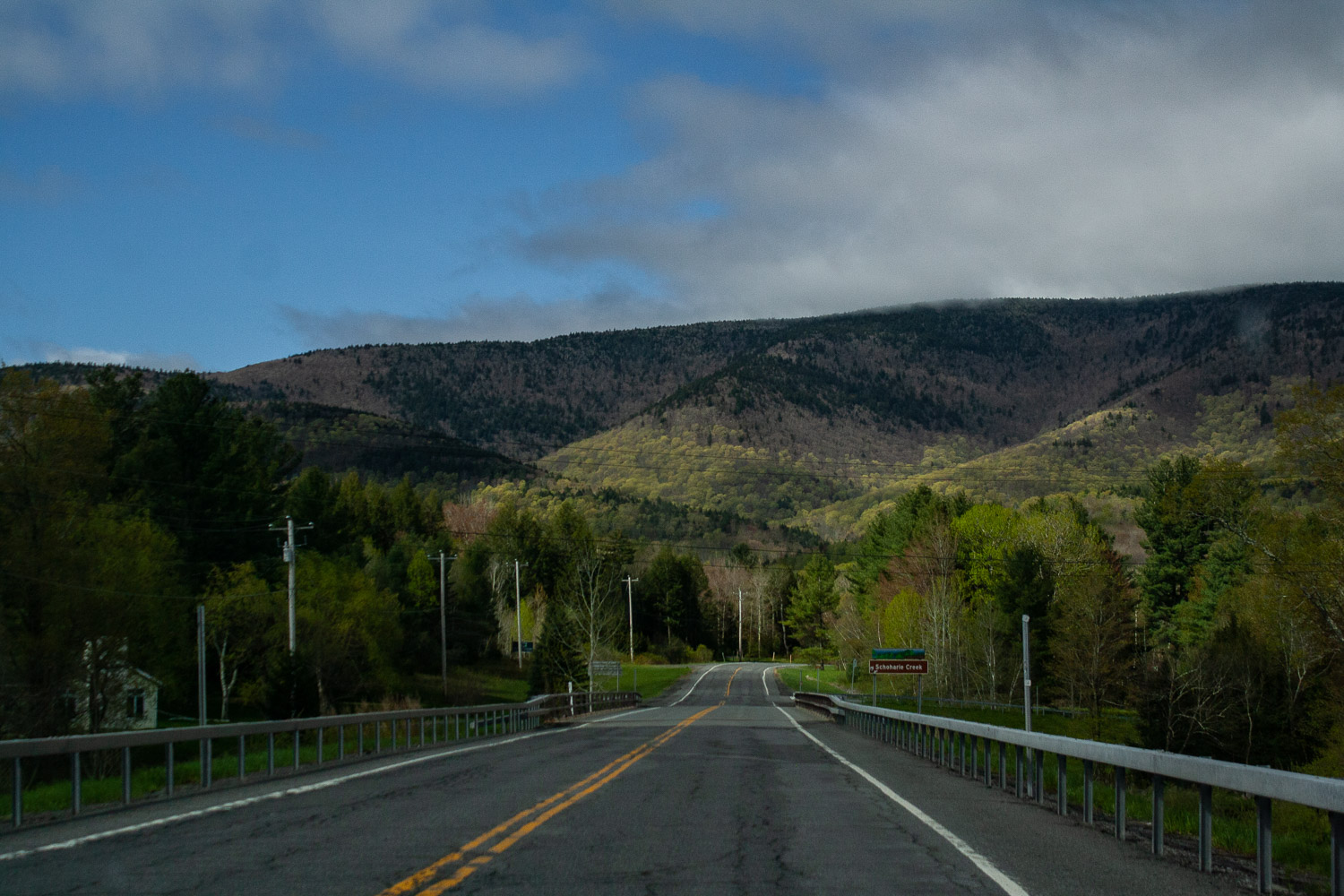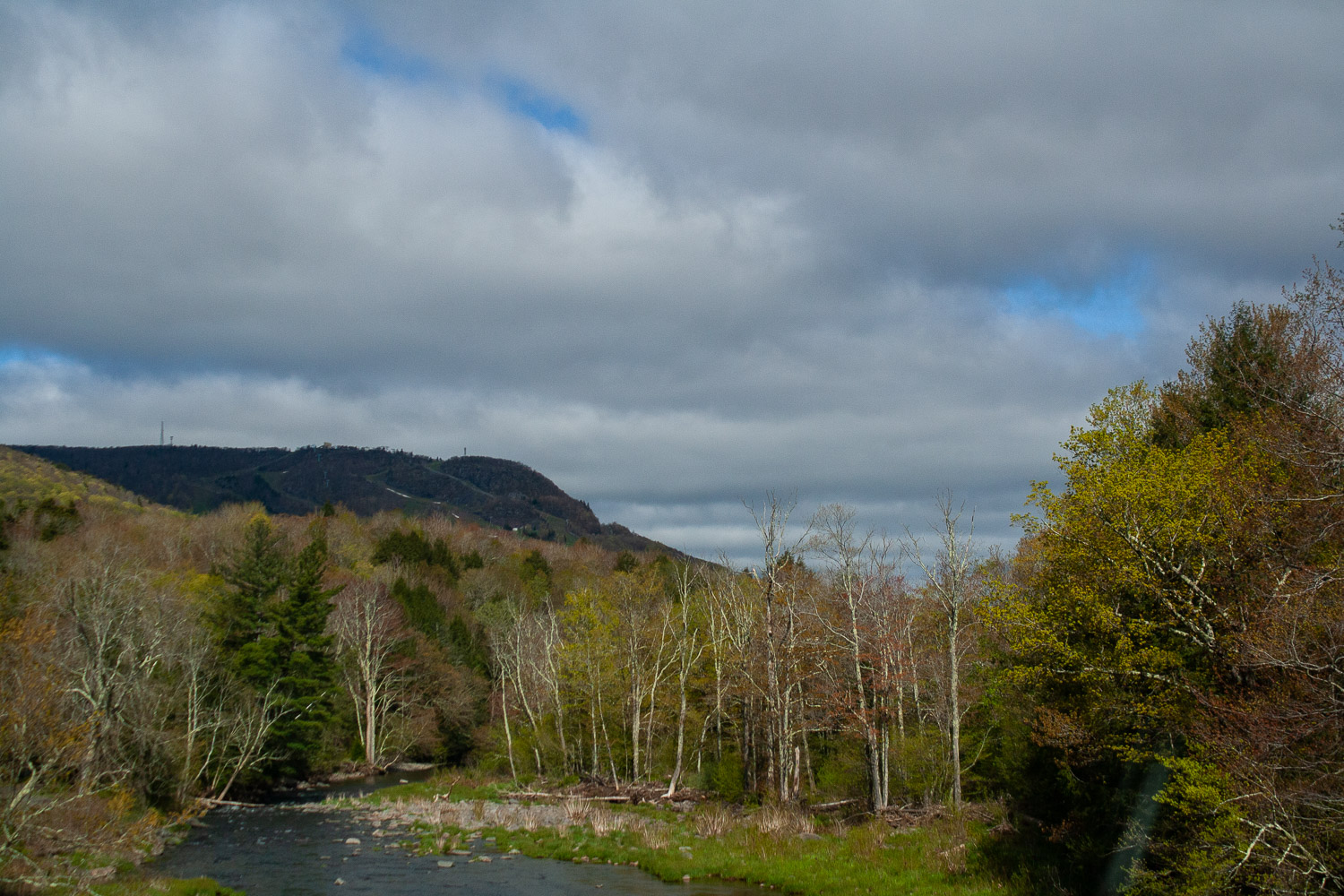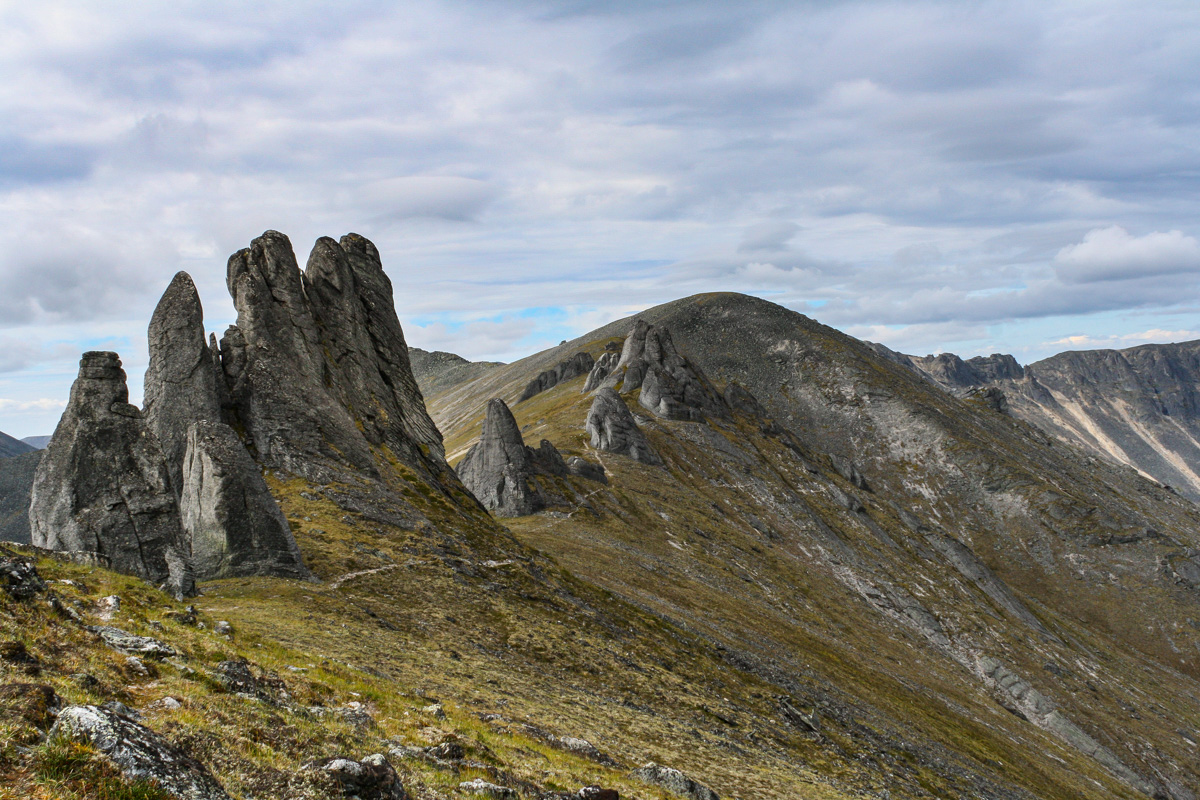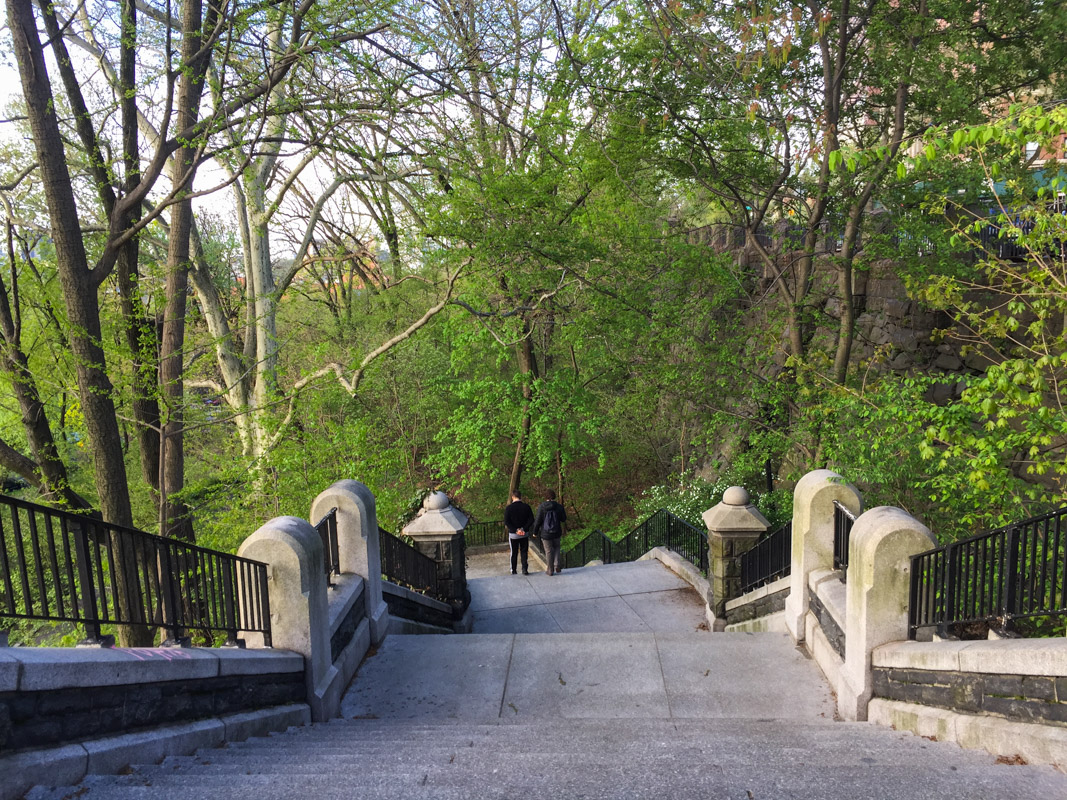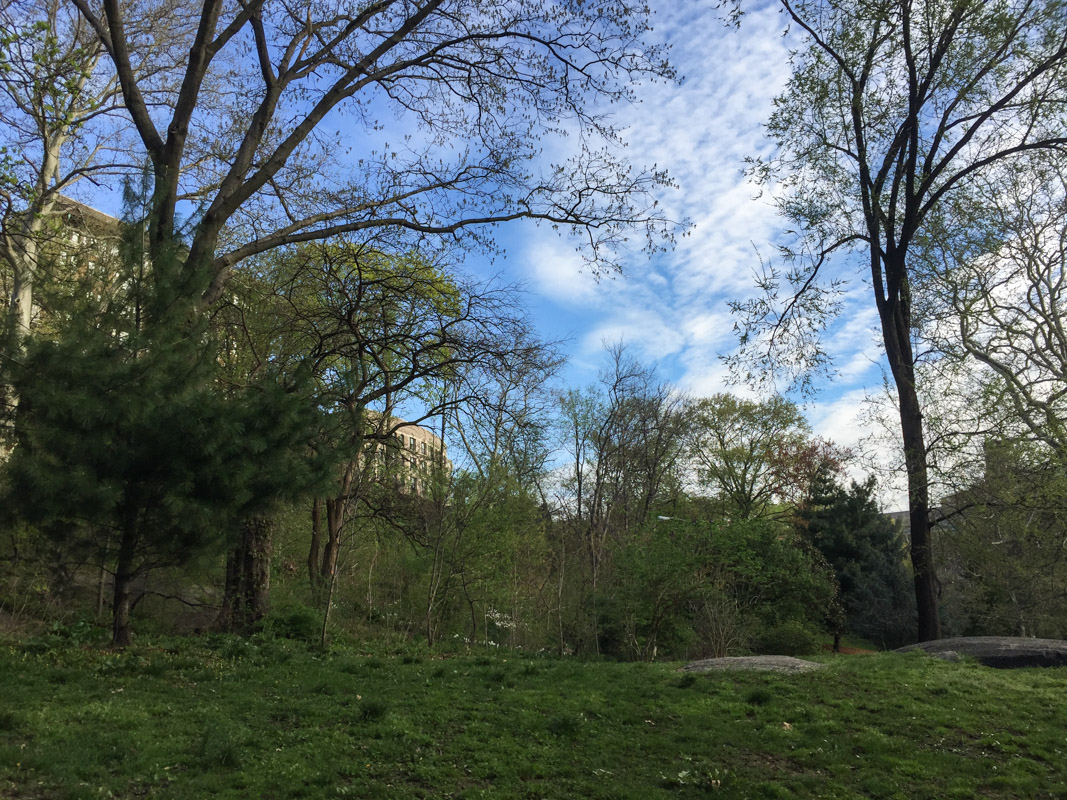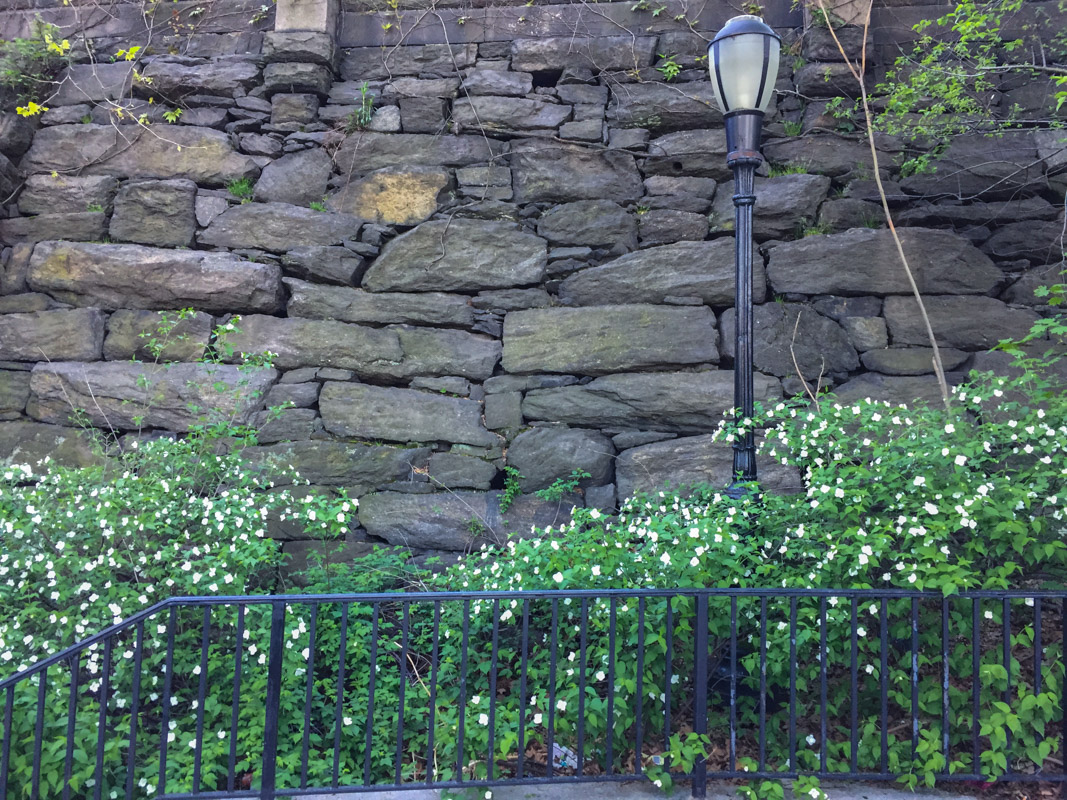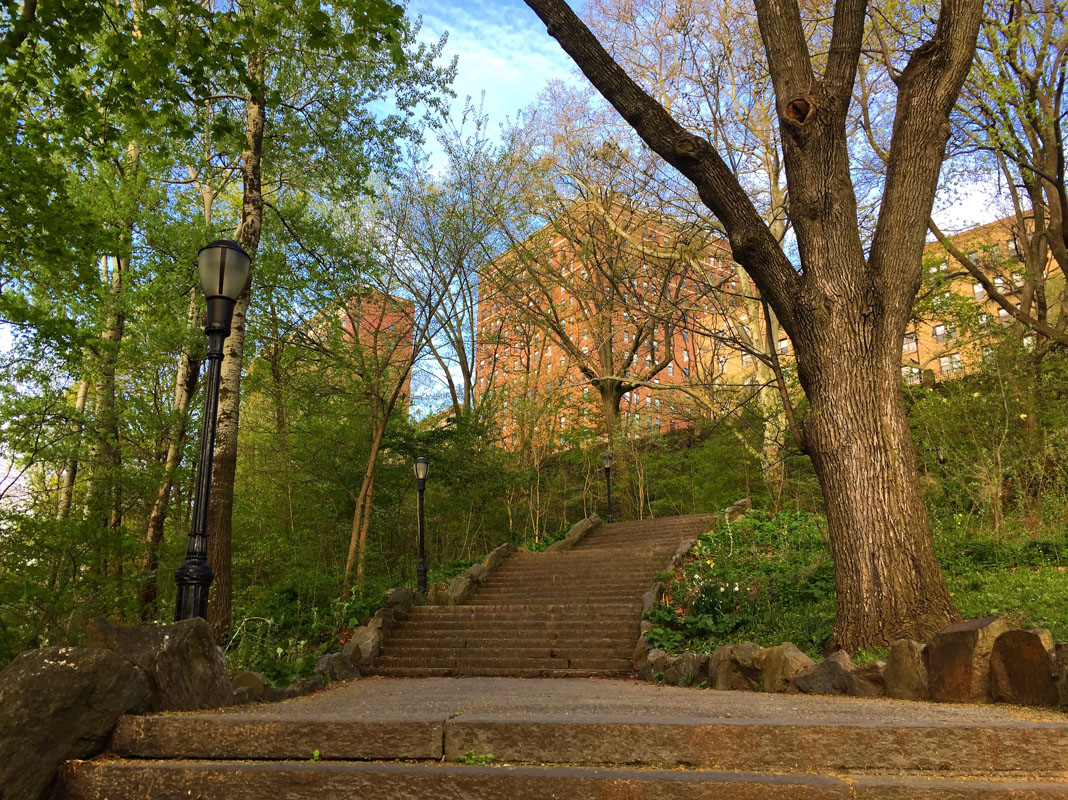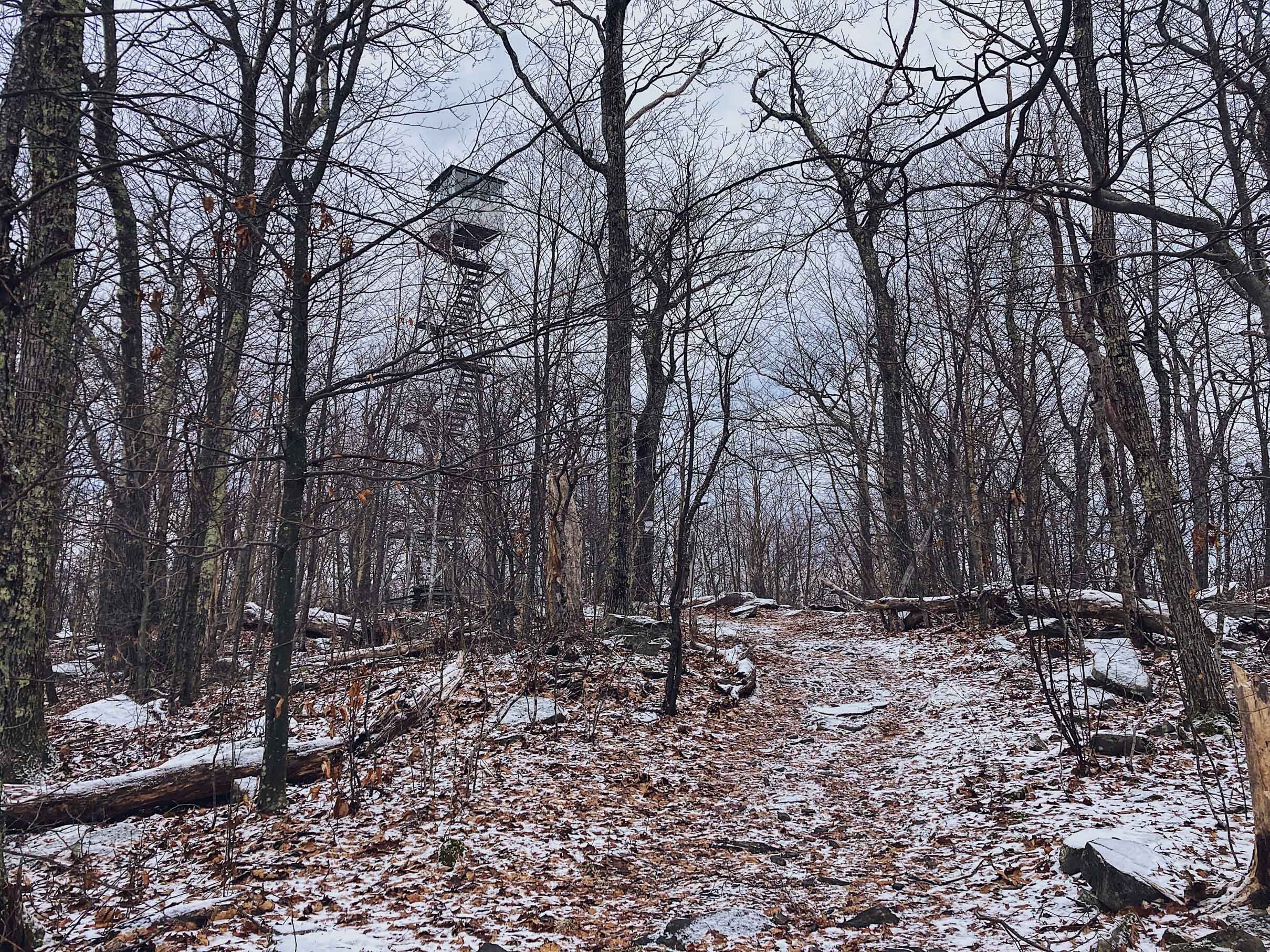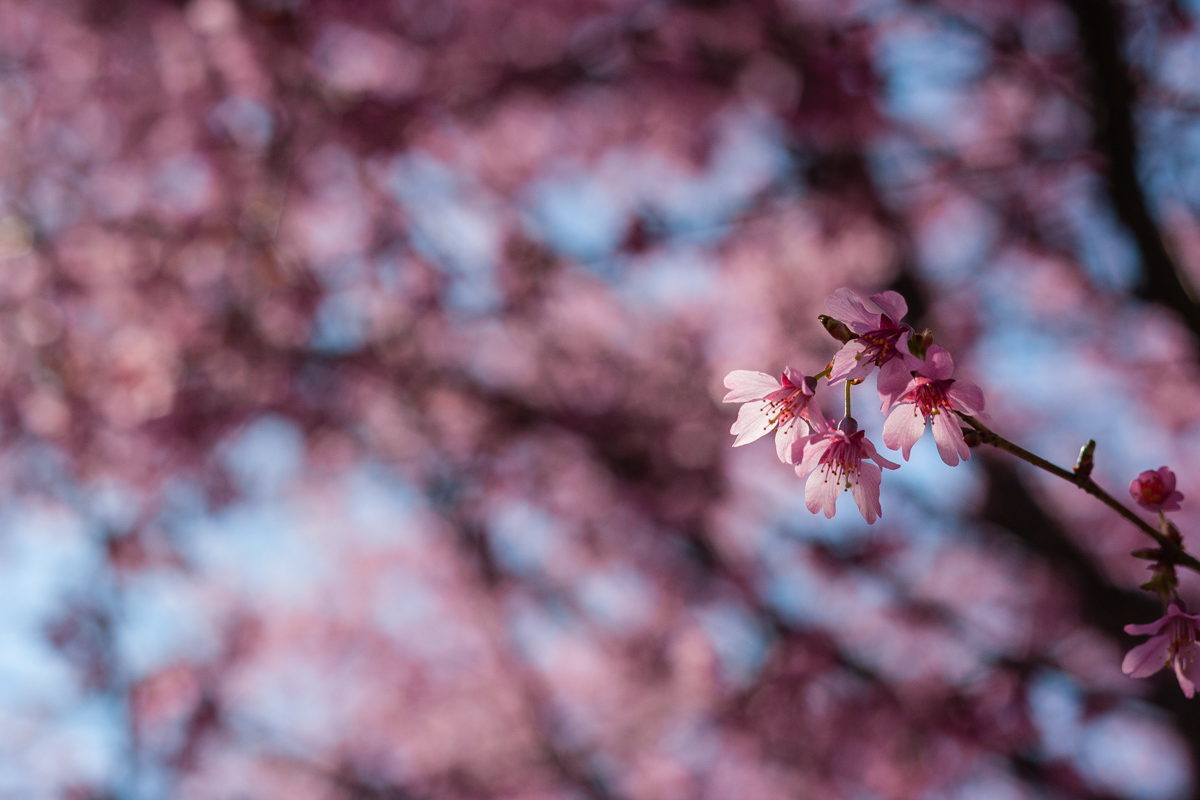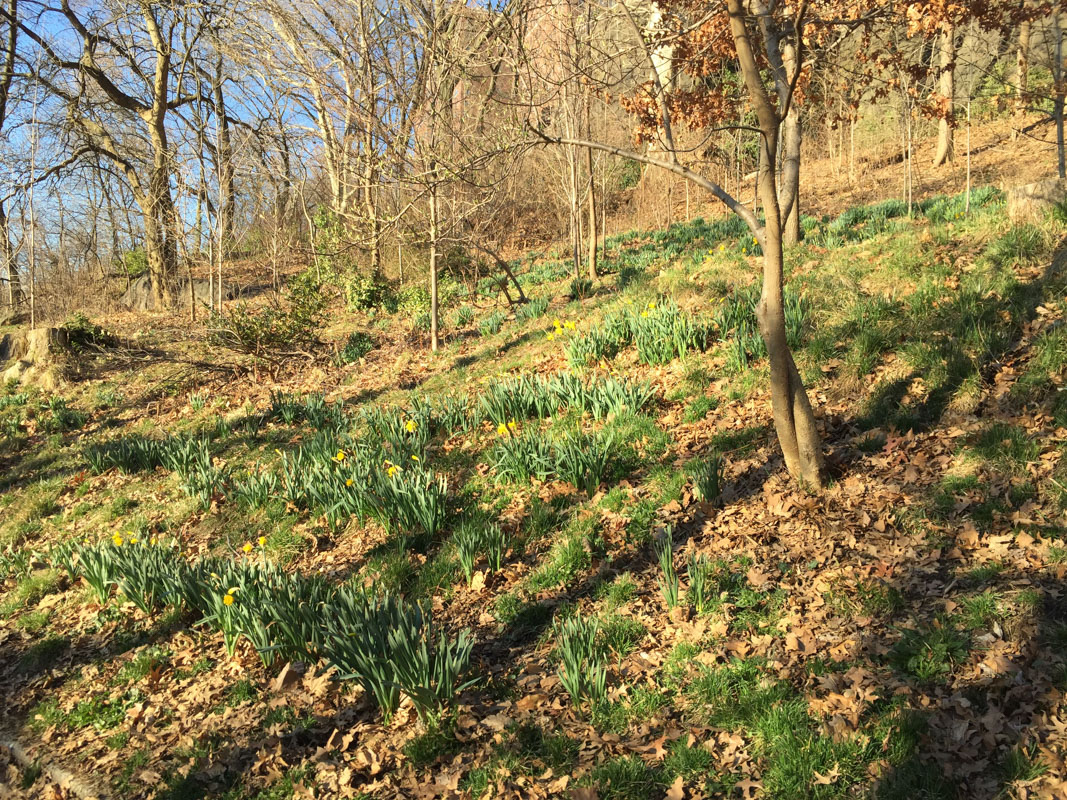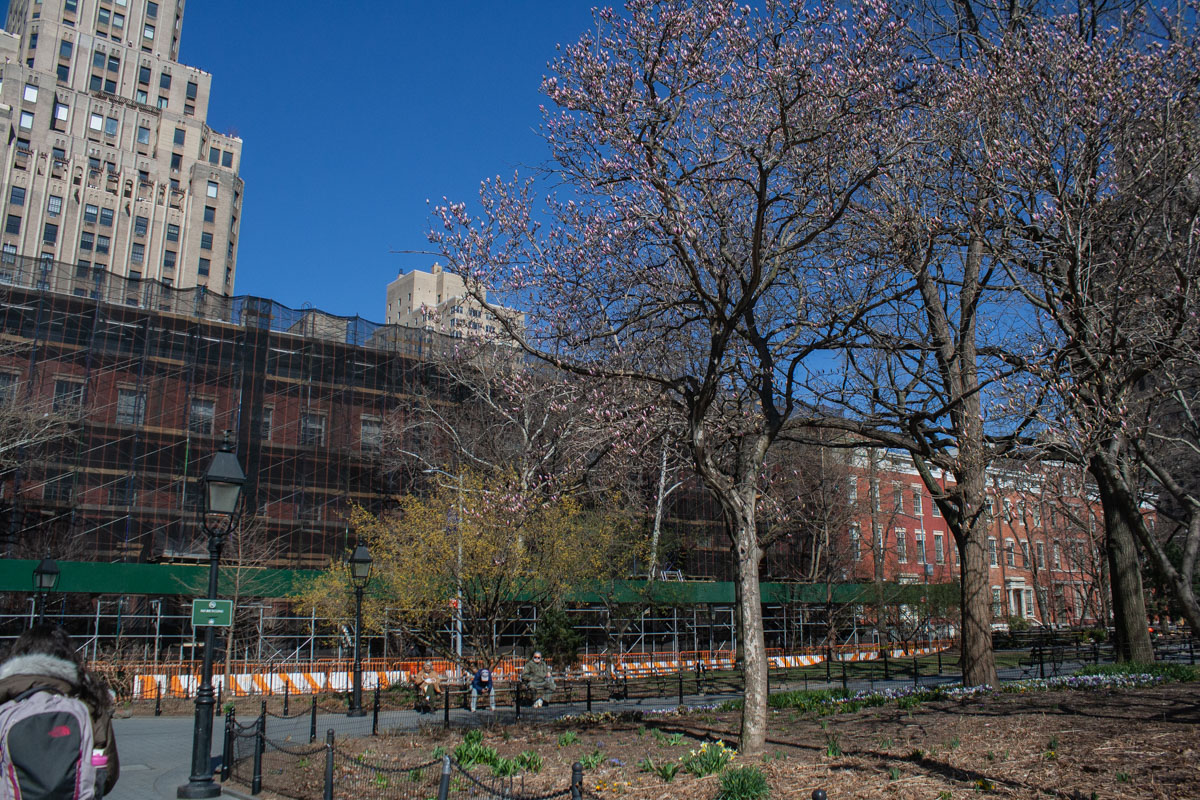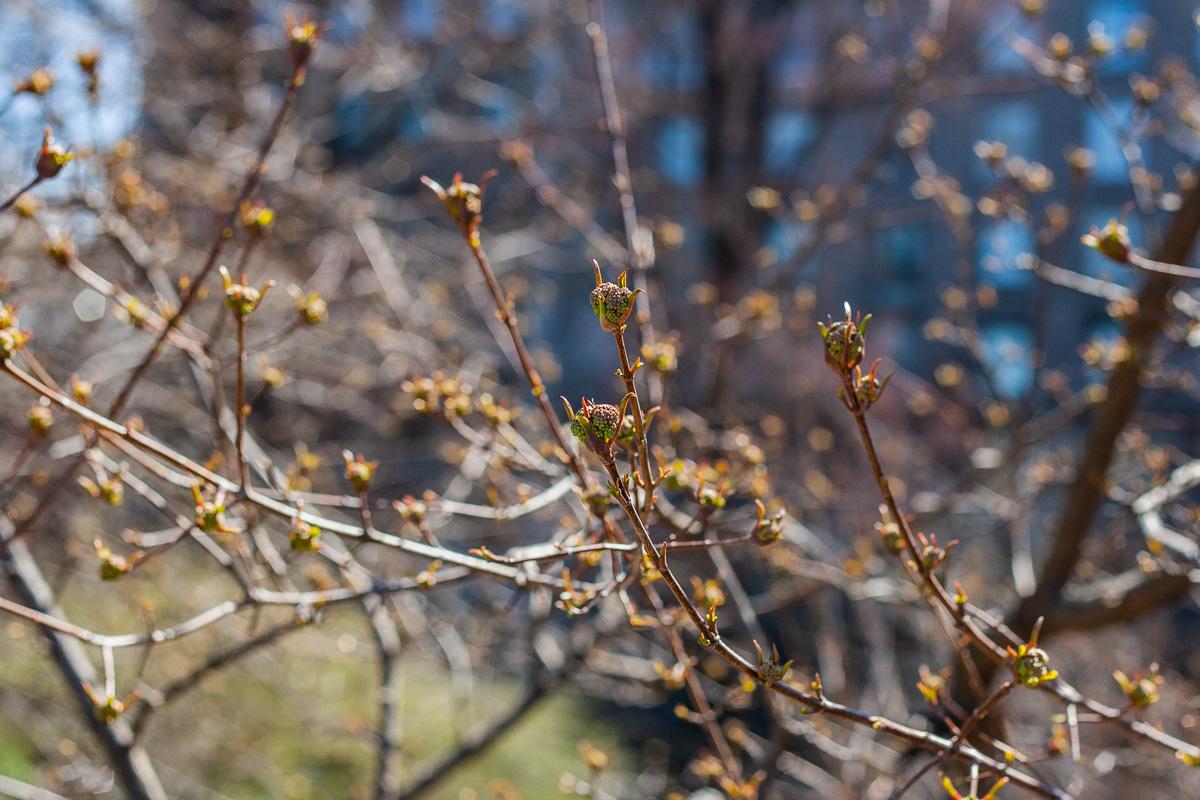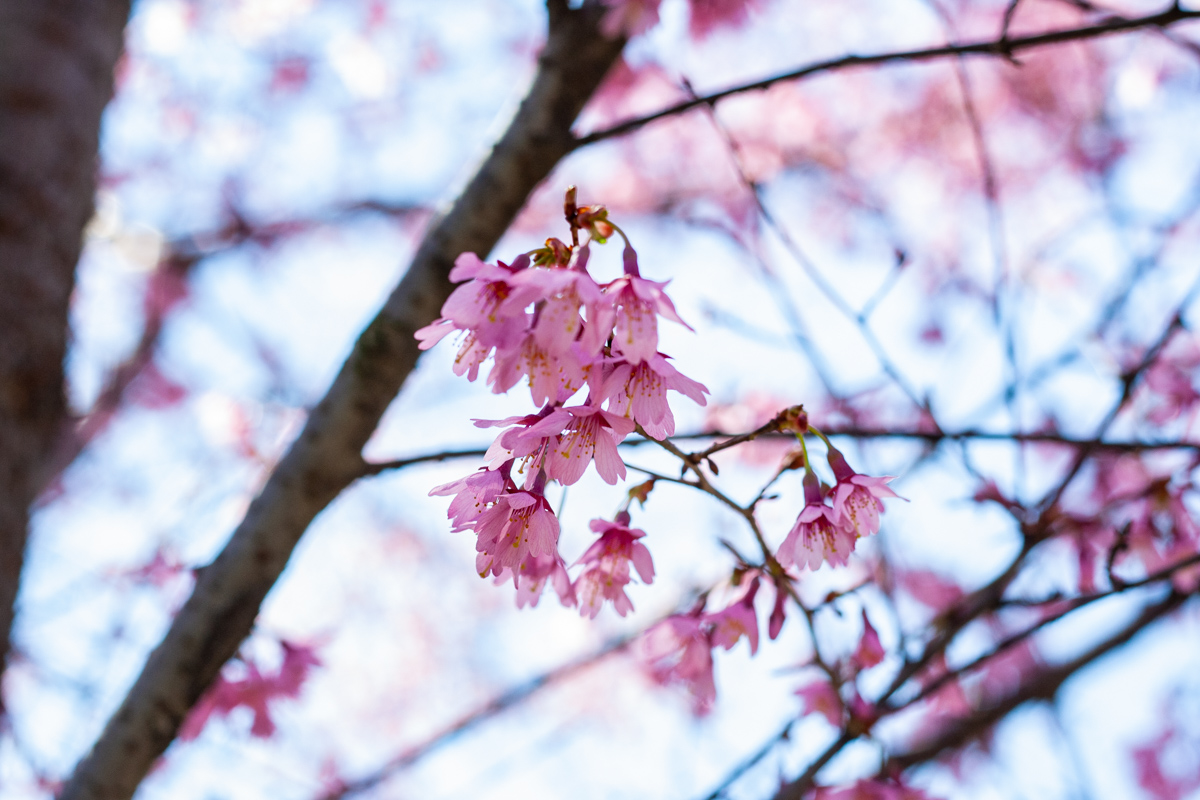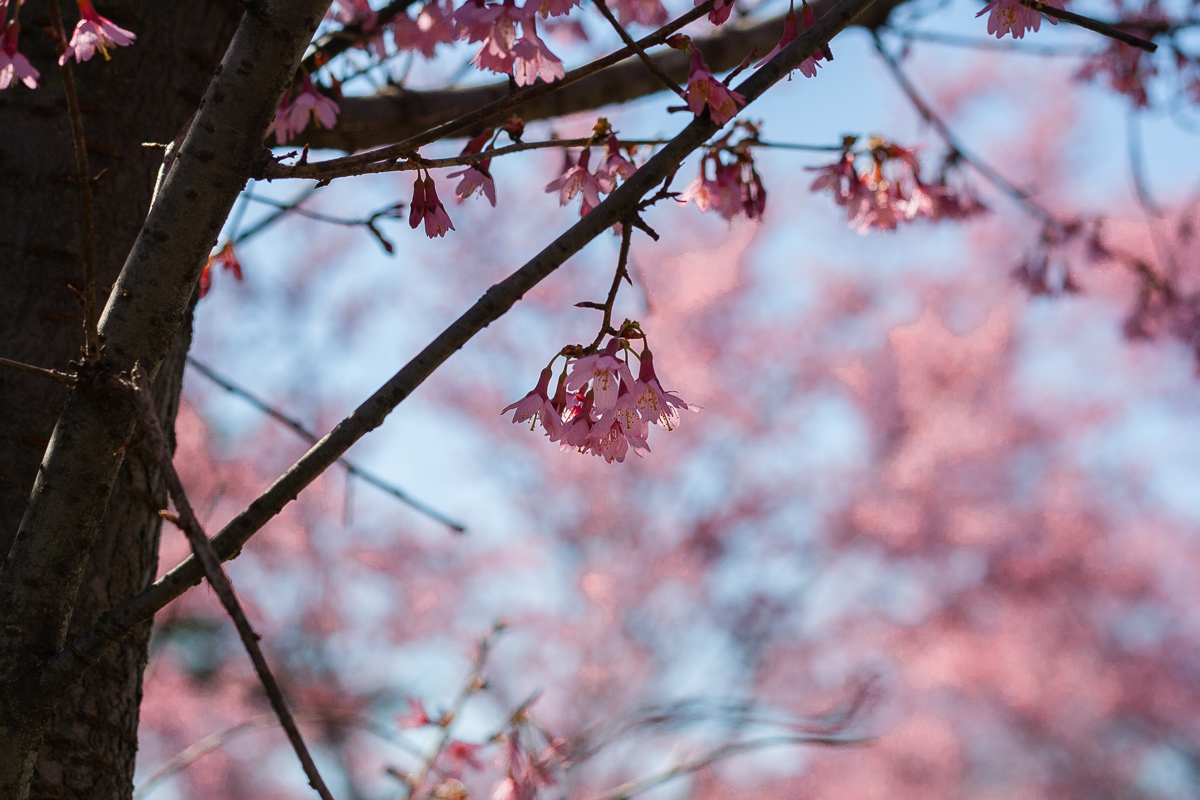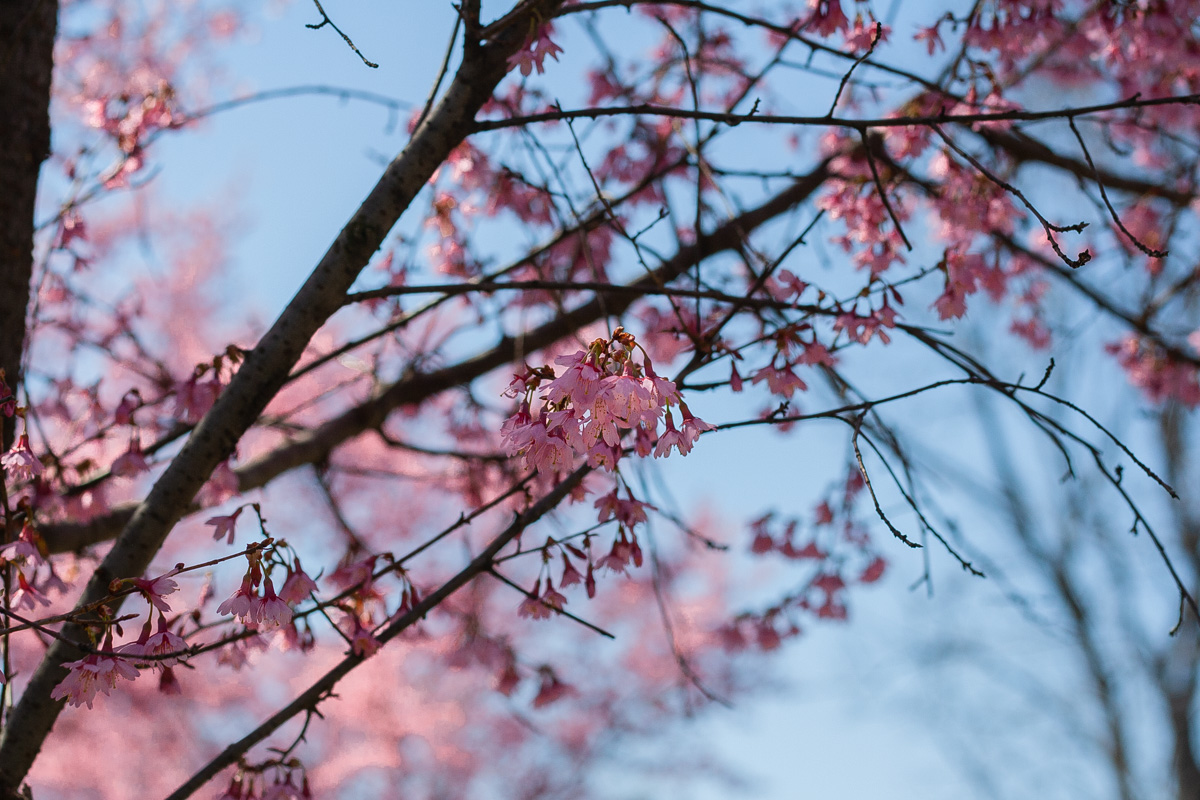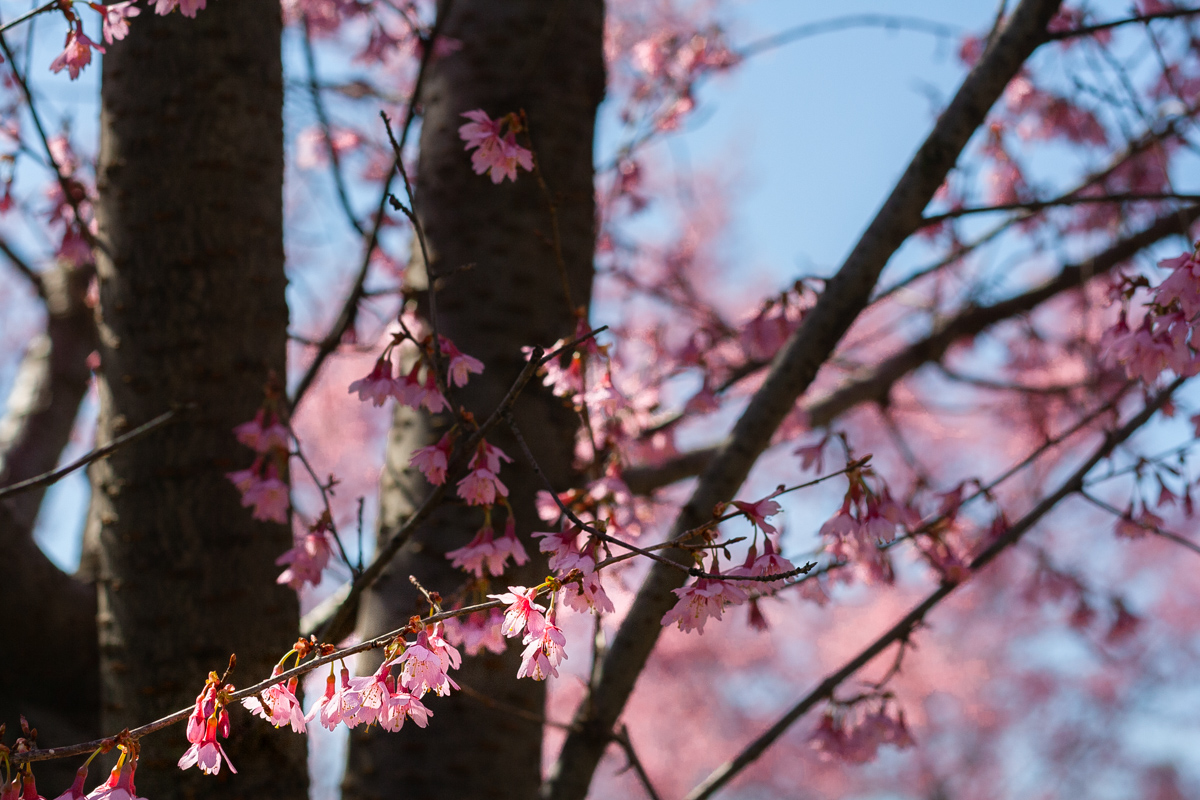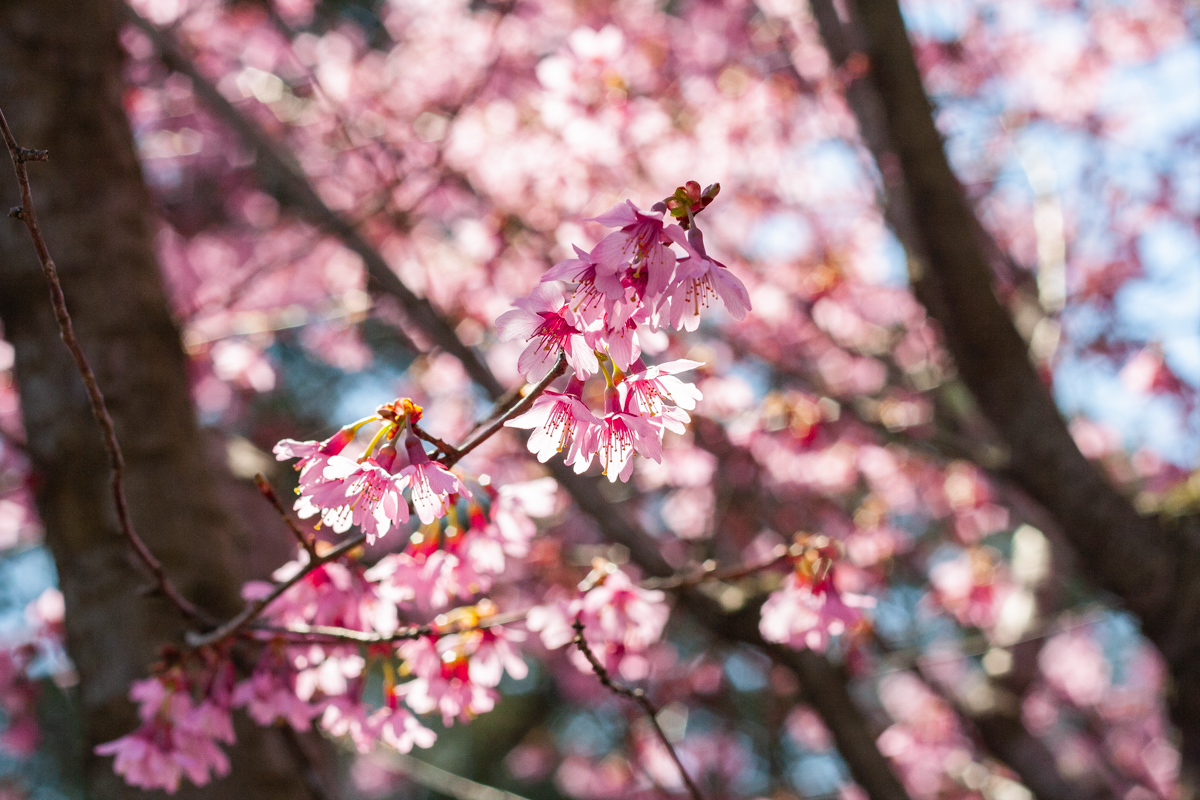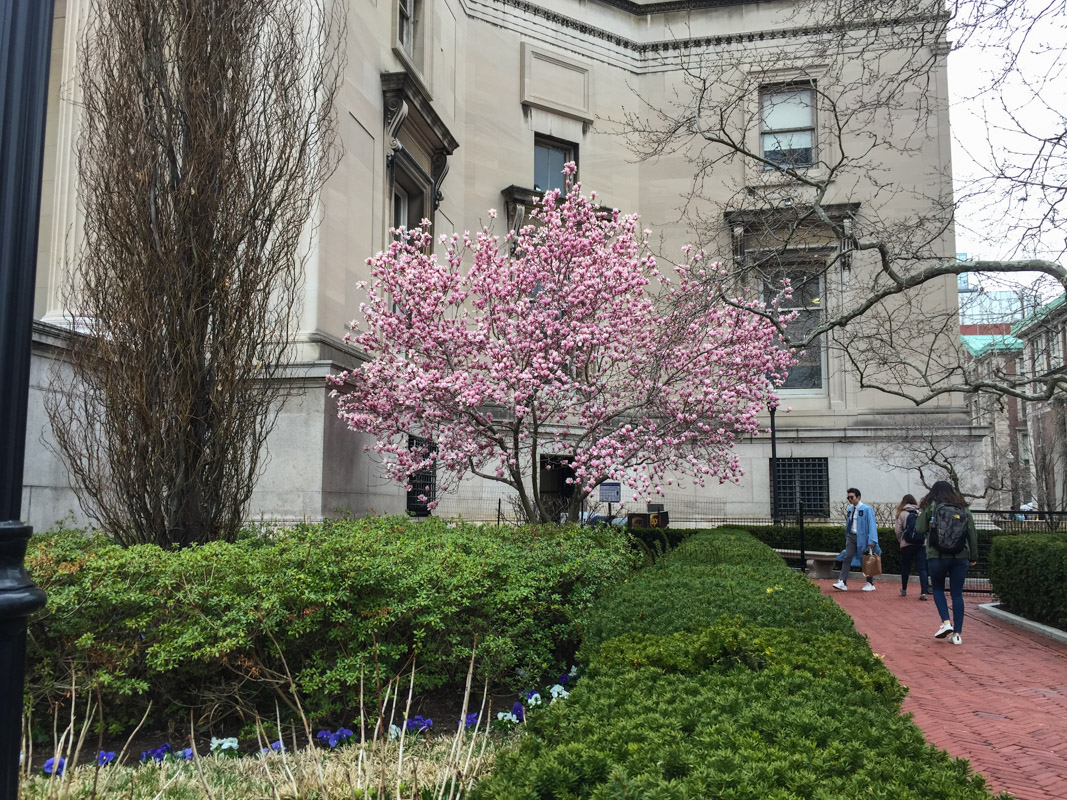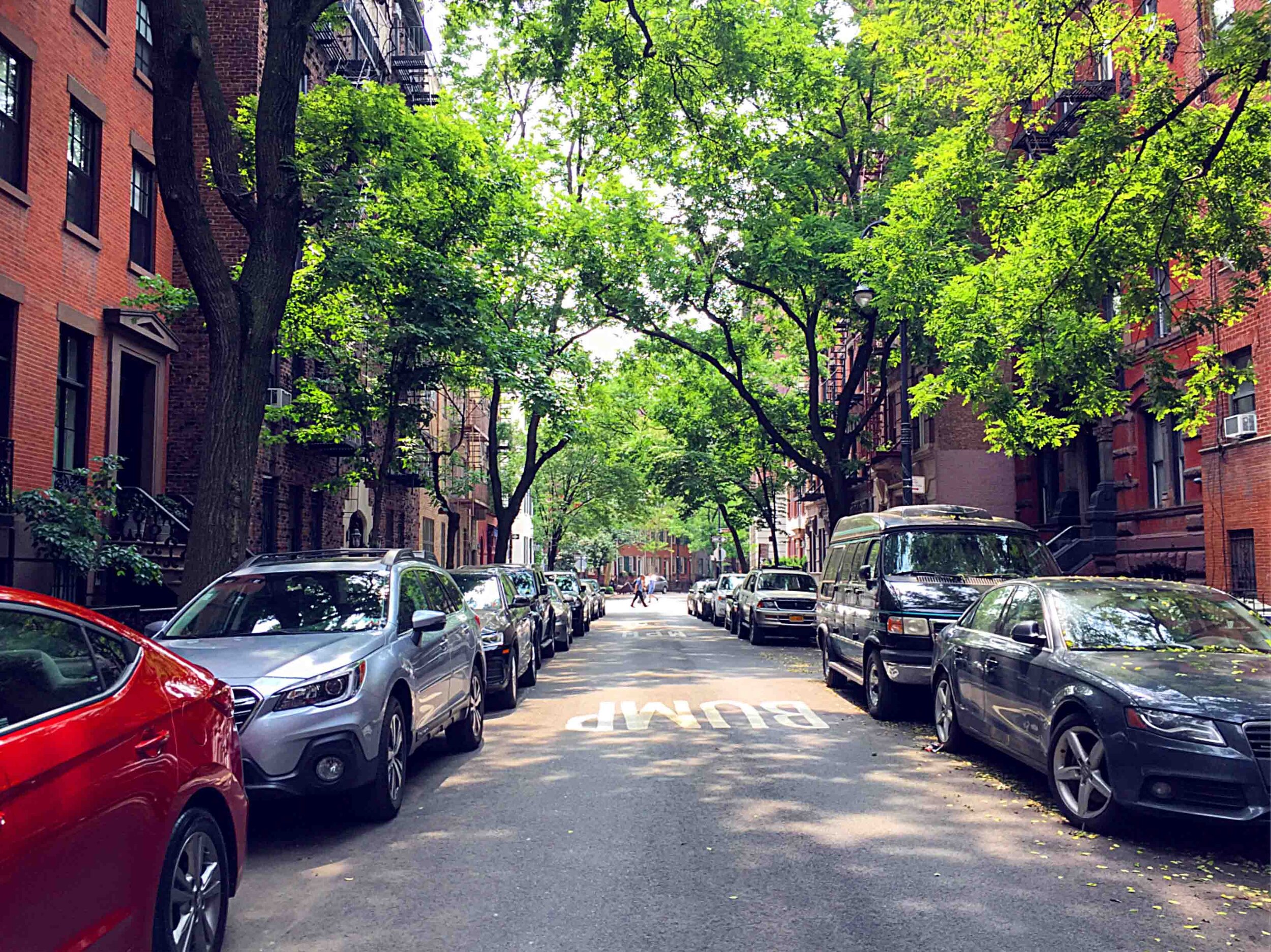Adventure Tuesday
North to the Catskills
I’ve been MIA again, for a while. We do things, quite often, but with life i don’t feel that I have enough time to share it. Back in May, when it was raining every other day and I also got soaked each and every one of those days we decided to go north. Nowadays I take less and less photos, and if I do it is with my Iphone, it is just too much of a hassle to bring the big camera. Maybe I need to invest in a a smaller, mirror-less camera. Either way, we finally found ourselves driving north under dark clouds and rain, but the weather forecast had promised us some sun this weekend. We were heading towards the Catskills, a name that actually comes from the dutch, go figure, and mean cat stream. The Catskills are a part of the Appalachian Mountains, and thus the mountain part is the reason we ventured out in the first place.
At first we were thinking of maybe finding a cheap airbnb in the area. but it seems as if cheap airbnbs are in the past, and today many, if not all are an expensive endeavor. So instead we went camping. In the US there are a few tricks that can give you free camping. Many National Forests and BLM land allow you to camp for free, maybe you have heard of the term dispersed camping. You are allowed to camp at certain locations if you are 150 feet away from a stream, road, established campground (in NY state see more here: Primitive Camping). Of course in this way you have no amenities. Forget about that vending machine that stares at you when you want to use the restroom at 1 am, and yes forget about the restroom too. Dispersed camping is not for the faint of heart, and for you to have the best experience at this you should be prepared on being miserable, well, if you are not used to camping in this way that is.
ONE THING YOU NEED TO KNOW BEFORE GOING IS THAT YOU ARE RESPONSIBLE FOR EVERYTHING YOU DO AT THESE LOCATIONS. PACK IN PACK OUT, THAT INCLUDES TOILET PAPER. HUMAN WASTE NEEDS TO BE BURIED 6-8 INCHES DEEP AT LEAST 150 FEET FROM WATER (NY STATE). DO NOT START FIRES UNLESS THERE IS AN ESTABLISHED FIRE PIT. DO NOT USE LIVE TREES OR BUSHES TO START A FIRE, DO NOT REMOVE ROCKS FOSSILS etc FROM THE AREA.
IF YOU DON’T WANT TO FOLLOW THESE RULES, DISPERSED CAMPING IS NOT FOR YOU.
You can always read more about dispersed camping and where you can, and can’t camp on your local National Forest or BLM webpage. There are also wilderness areas, which is where we did our dispersed camping. If you want to read more about all the public lands the US has to offer and what the difference is between all of them you can read more here. It could have been an awesome weekend, if it wasn’t for the fact that I got such a bad stomach ache during the night that we had to call it off and go home already on Saturday, but not before we did a tiny bit of hiking.
As the rain slowly tapered off we realized the rain had been moving towards us, which is a good thing, and we entered a very wet Catskills that had been dumped by large amounts of rain earlier. I have to admit, the east coast is growing on us. I mean look at these photos. The small towns we drive through, and the medieval look to it was fantastic. I had been browsing a Facebook group about camping suggestions in the Catskills, and found a couple of good options, free options in the area we wanted to be. Of course, since it had been raining we were alone. At first we started walking on the big open field, and realized it was all soggy, totally soaked. We can’t camp here. I turned towards the other side and the forest. Usually in areas where dispersed camping is allowed, a campsite has already been established, and a path usually takes you there. This was true in this area too. Once we walked towards the forest and the dry understory, we followed a path to a perfect flat area.
There is something about arriving at your campsite, grab a drink and just exhale. This is how we relax now, go somewhere where we can be alone. New York City and Manhattan is growing on us, but it’s not like Madison, or even close to Fairbanks. We love smaller towns, which sometimes makes us wonder, what are we really doing here. But, we are not going to be here indefinitely, so we are trying to soak up this adventure while we are at it. When we go camping I usually set up the tent and W does the cooking. In the morning I usually make coffee, because I get up early, and W makes breakfast while I take down the tent. It works very well, and I think it is good to have set chores like that. It is a lot easier to get a smooth set up if each one knows what they can do. We had a great evening, even though it got dark pretty fast. We went to bed pretty early, since we have had a really long day, working and then travelling north.
The next morning I woke up early, I had been waking up and falling asleep for quite some time because of pain in my stomach. It wasn’t the food or anything like that. We had a slow morning, for me to decide what I wanted to do. And I decided that we should go home. We packed up the tent, well W did because I was in pain. Had coffee, W had breakfast but I didn’t want any. We did go to the hike we had planned, and walked around in the forest for a bit before driving back towards NYC. Until next time!!
It was still nice to get out into the forest like this, and again so amazing to be in a place with fewer people out and about. The east coast is known for its dense population and so many people out on the trails. But again, we found ourselves almost alone.
Even though this trip got an abrupt ending, I still look forward to exploring more of the Catskills. We just have to make time for it!










